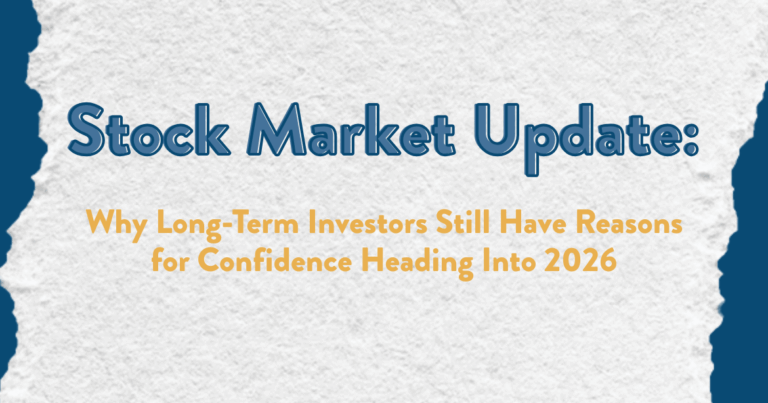Research Foundation
It’s our first segment of the New Year, so it makes sense to us to lean on our partners at LPL Research for a look at what could happen over the next 12 months.
The Research team recently released Outlook 2025 and titled it Pragmatic Optimism. If we look beneath that headline, we see that the team believes the economy is still on strong footing, but it is set to slow down in 2025, and history tells us that it will be hard to produce stock market returns on par with the past couple of years.
Economic Indicators and Predictions
Let’s dive into the economic predictions first. LPL sees consumer spending slowing down and unemployment continuing to tick up in 2025. They also think wealthier consumers may keep consumer spending strong, which could keep the inflation rate steady. That could, in turn, keep push the Federal Reserve to be less aggressive in cutting interest rates.
On the upside, businesses are signaling that they plan to make more capital expenditures.
Forecast Metrics
Here’s a look at LPL’s economic forecast for 2025.

They are making predictions on GDP, the unemployment rate, different measures of inflation, the Fed funds rate, and the prime borrowing rate. In each category, you can see where we landed in the first 3 quarters of 2024, and in the green shading, where LPL thinks we will land in the quarters ahead. GDP growth is slowing but not negative. Unemployment is higher, but still historically low. Inflation and interest rates remain at or below long-term averages. You won’t find the word recession anywhere in these predictions. Of course, these are only predictions.
Stock Market Outlook
As for the stock market, if the economic predictions are close to reality, it would be hard for stocks to surge on the level of the past two years. Corporate profits are rising, but the market has been pricing that in, and history is not on our side.
Historical Bull Market Analysis
This chart shows that the third year of a bull market is often positive, but not stellar.

The dates in the far left column are the dates of the bottom of a bear market. The next column shows the date of the peak of the subsequent bull market. Then, you can see the return of the S&P 500 Index in year 1 following the bottom, year 2, and finally year 3. If you see an X in the year 3 column, that means the bull market ended before the end of year three.
There have been 13 bull markets since 1950. 4 of them never finished year 3, and two of them were negative. The average S&P 500 return in year three of a bull market is 5.2%, compared to 40.2% in year one, and 14.1% in year two.
Investment Disclaimer
Past performance is not a guarantee of future results and the S&P 500 Index cannot be invested into directly.
Key Takeaway and Action Steps
Bottom line is 2025 may not be what 2023 and 2024 were, but that’s ok, if you have a plan. You should continue to stick to your financial plan. Consider equities long-term investments, and prepare to ride out a short-term rain cloud, or even a storm, if necessary.
Securities offered through LPL Financial, Member FINRA/SIPC. Investment advice offered through Independent Advisor Alliance. Independent Advisor Alliance and GenWealth Financial Advisors are separate entities from LPL Financial.





